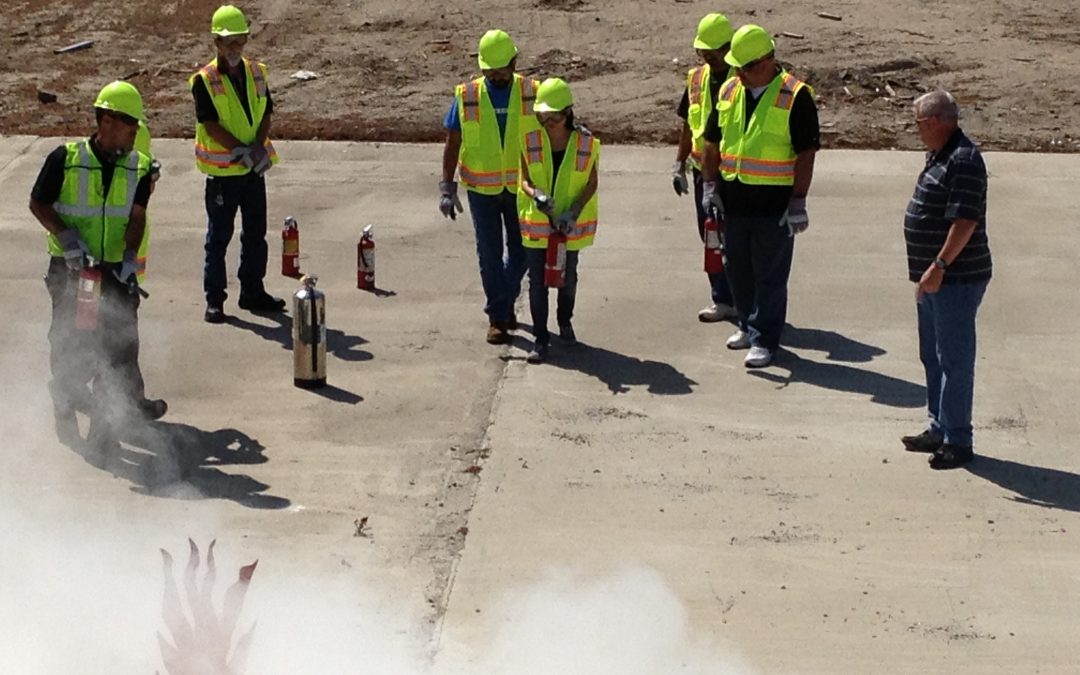
In the Incident Command System, you don’t want more than five people reporting to you in an emergency. Three to five people is the ideal, with a maximum of seven people. The less people you have coming to you, the less chance you will have in making mistakes, and you will be able to better manage your stress levels. If you have 10 people talking to you, you cannot keep all those thoughts in your head. Therefore, you want to keep a manageable span of control of these people to optimize communication.
Use common terminology. Stay clear of huge words, 10-codes, or technical terms. In the Coast Guard, for instance, a conning officer will tell the person on the helm to “come left 10-degrees.” It is too critical of a command to risk that one-second delay of translating “port” and “starboard.” Just keep it simple.
If you are sending somebody over to Building A, just tell them go to Building A. An easy analogy is, “Don’t tell them how to build a watch, just give the time.”
Make sure the people understand what you are telling them to ensure proper communication. Have them repeat back. If you say to them, “I want you to go over there and put out that fire,” have them repeat the words back to you in place of a response to “do you understand?” The goal is to avoid yes-or-no questions; in turn, you will avoid confusion. Repeating a task or instruction back reflects understanding and knowledge of the situation at hand.
Interested in more in-depth training for emergency situations? Want to know how these guidelines can be adapted to your own business and employees? We at BERT are happy to help. Contact us for a free consultation!







